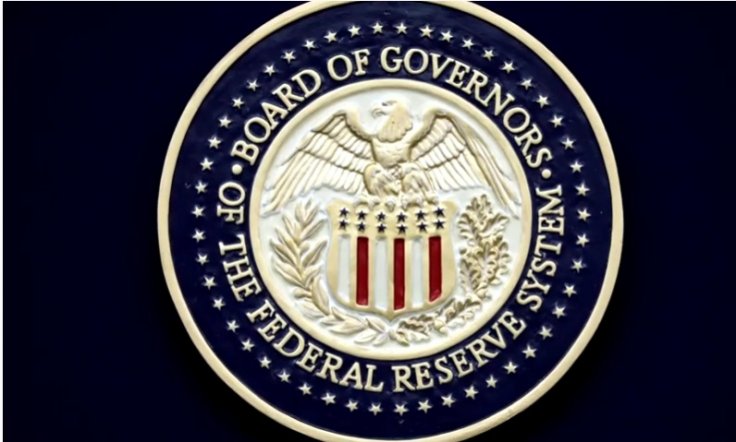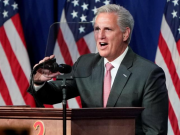Driven by the massive fiscal response to the Covid-19 pandemic, the US federal debt is projected to exceed the size of the economy for the fiscal year 2021, the highest level since the World War II, the Congressional Budget Office (CBO) said.
In an 'Update to the Budget Outlook: 2020 to 2030', the CBO on Wednesday projected a federal budget deficit of $3.3 trillion in fiscal year 2020, which ends on September 30, more than triple the shortfall recorded in 2019, reports Xinhua news agency.
"That increase is mostly the result of the economic disruption caused by the 2020 coronavirus pandemic and the enactment of legislation in response," the CBO said, noting that federal budget deficit will reach 16 per cent of the GDP in 2020, the largest since 1945.
The deficit in 2021 is projected to be 8.6 per cent of GDP, according to the report.

In CBO's projection, annual deficits relative to the size of the economy generally continue to decline through 2027 before increasing again in the last few years of the projection period, reaching 5.3 per cent of the GDP in 2030.
Government spending surged in recent months, as Congress has already approved roughly $3 trillion since March to cushion the economic impact of the pandemic. That, coupled with a plunge in tax revenue, caused federal deficits to soar and pushed up federal debt.
The CBO report showed that federal debt held by the public is projected to rise sharply to 98 per cent of the GDP in 2020, compared with 79 per cent at the end of 2019 and 35 per cent in 2007, before the start of the recession in 2008.
It would exceed 100 per cent in 2021 and increase to 107 per cent in 2023, the highest in the nation's history, the report said.
By 2030, debt would equal 109 per cent of GDP.
The previous peak occurred in 1946 following the large deficits incurred during the World War II.
Against the backdrop of a ballooning debt level, lawmakers are still under immense pressure to craft a new fiscal relief package, but remain in a deadlock over the size and scope of the package, which could again hit the trillion-dollar level.

Democrats have pushed for a $3 trillion relief package, while the White House and Senate Republicans have proposed a $1 trillion package.
House Speaker Nancy Pelosi spoke to Treasury Secretary Steven Mnuchin on Tuesday, but the two sides failed to bridge their differences.









